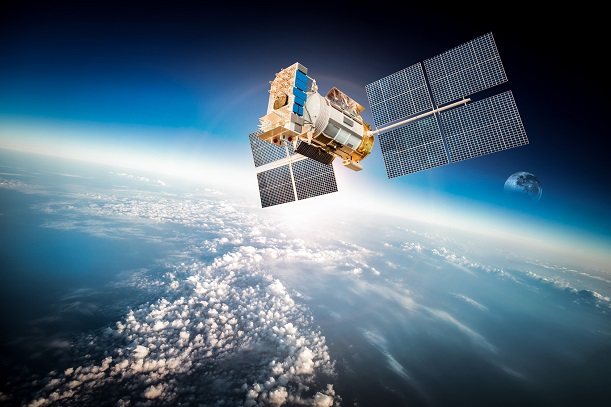As telco-satellite deals proliferate, SES shows how to work them
UK telco BT has signed with UK-based satellite operator OneWeb for Low Earth Orbit (LEO) network and connectivity services. The announcement came on the same day that researchers in the US revealed new technology that boosts the performance of satellite connections.
OneWeb and BT have formed a distribution partner agreement, with OneWeb to provide Low Earth Orbit (LEO) satellite communication services across the BT Group. BT claims its new pact with OneWeb supports the UK Government’s National Space Strategy, with satellite services helping it to reach anywhere in the UK by 2028.
In July the two parties signed a memorandum of understanding after which BT began tests on how LEO satellite could integrate with its existing terrestrial systems. On completion of the tests BT will start the first live trials with customers from early 2022.
Service from North Pole to 50th Parallel
OneWeb is expected to deliver global coverage by June 2022 through a constellation of 648 LEO satellites and is poised to deliver services from the North Pole to the 50th parallel, covering the entire United Kingdom, later this year.
Testing will now start in BT’s Bristol lab to see if it can achieve integration with existing services. Current capacity levels within OneWeb satellites mean initial trials will focus on its role as a supplementary, low latency backhaul solution to sites where additional capacity or a back-up solution is required, and to deliver improved resilience for business customers. On successful completion, BT will begin early adopter trials for UK and international customers, expected early next year. As OneWeb’s capacity grows, more use cases could be adopted and it will explore the use of satellite for IoT backhaul and fixed wireless access (FWA) in rural areas.
Satellites can reach but do they connect?
“Space is an emerging and enormous digital opportunity, and this is an important step towards harnessing its potential for BT’s customers across the globe,” said Philip Jansen, BT Group’s CEO.
OneWeb’s CEO Neil Masterson said the satellite company’s connectivity platform will “bridge the last digital divides across the UK and enhance the nation’s digital infrastructure.”
The efficiency of the connection between satellite and terrestrial networks leaves a lot of room for improvement according to field tests conducted at SES’s Manassas, Virginia teleport. The results, unveiled on November 1st, show how satellites could boost the rate of connectivity with terrestrial networks and help all mobile operators benefit from better performing networks.
Isotropic solutions boost energy
The SES trial used the UK’s Isotropic Systems multi-link antenna to establish multiple simultaneous, full-performance link connections with SES satellites. These linked to a geostationary (GEO) satellite – like those OneWeb uses – while it simultaneously connected with an O3b satellite in medium earth orbit (MEO). The Isotropic System achieved much higher network uptime and better application performances, according to SES.
“The success of these multi-orbit antenna trials opens the door to a new level of multi-orbit service delivery,” said Steve Collar, CEO of SES. The way forward is to integrate geostationary satellites with second-generation low-latency, high-throughput O3b mPOWER systems.
Mobile operations are rocket science
Mike Rudd, head of telecommunications strategy at the UK Space Agency describe the new application as significant breakthrough. Rudd predicted that this will put Isotropic Systems in unprecedented demand for global connectivity. “It’s a great example of the innovation found within the UK’s growing space sector and has been made possible by our leading investments in telecommunications research through the European Space Agency,” said Rudd.



